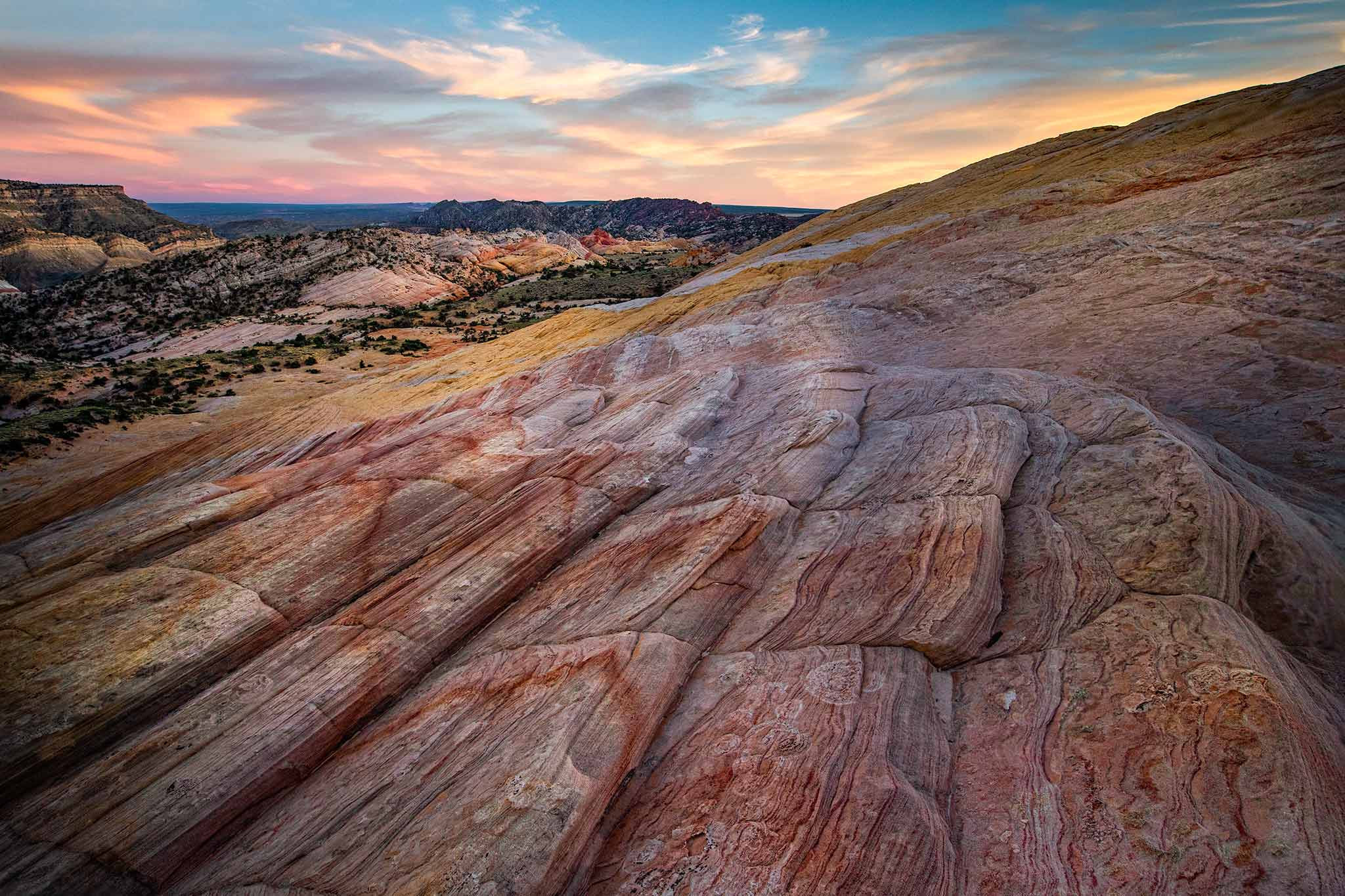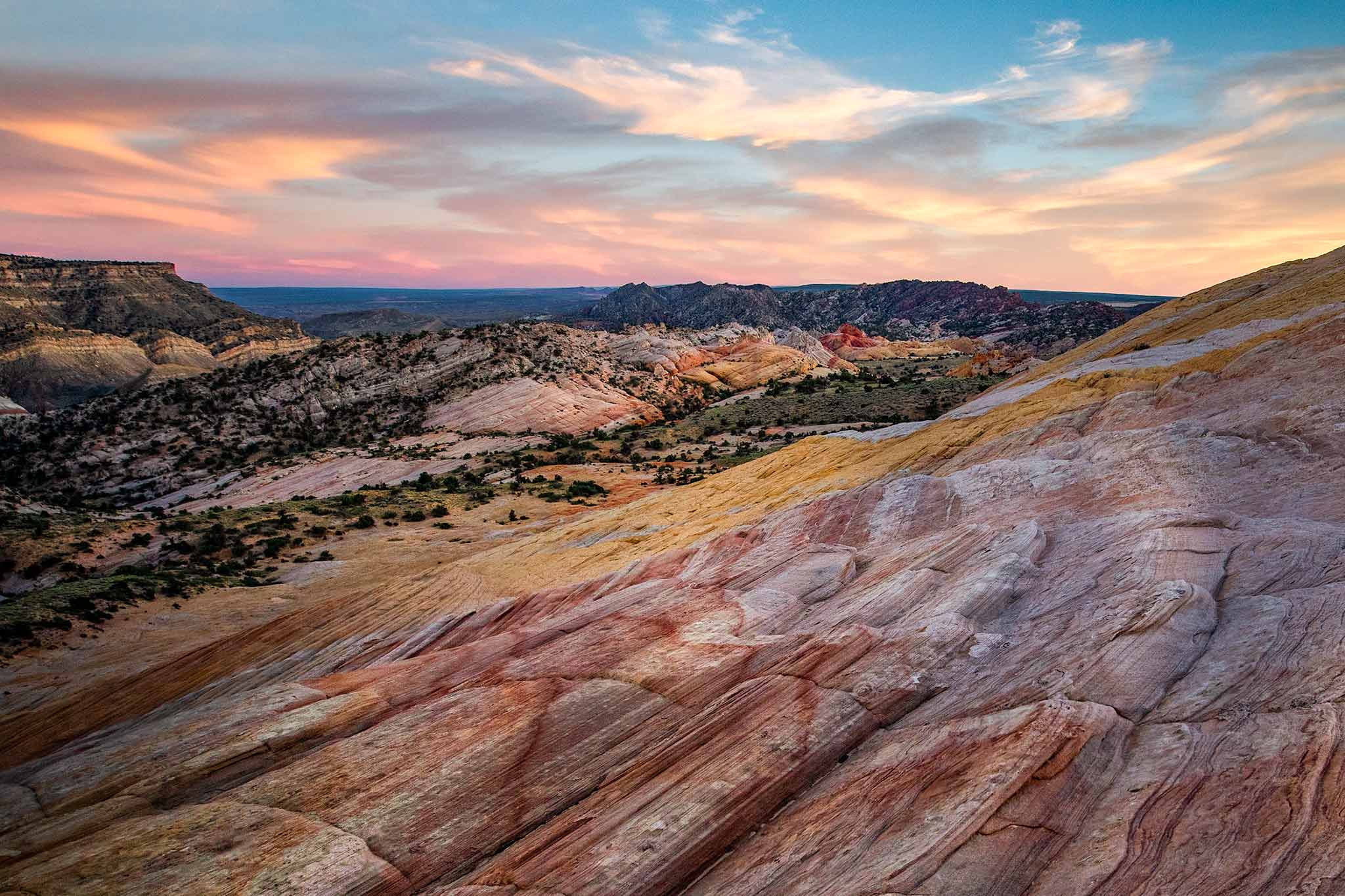Balance Your Composition
We are still working on the basic rules, so bear with me before we start getting too creative. Most of the time we don’t even think about balance. We stand on two feet, get out of the shower, walk up stairs…all of these things without giving balance a second thought. That is, until we lose our balance and panic sets in. It is easy to forget about balance in composing our photographs. Unlike our own balance, we might not realize what is going on that makes a composition feel just a bit uncomfortable. Frequently it is balance.
Balance helps to hold a composition together. It makes the viewer comfortable looking at it. The opposite would be imbalance. Imbalance can mean everything is too asymmetrical, but can also mean everything is too close to being symmetrical. It does not feel right. Just as you would want a picture placed correctly on a wall, or chairs placed properly around your living room, it is a good idea to have similar balance in your compositions. Balance does not mean the same amount of this or that on each side of an image, but it does mean compensating interests.
Lack of balance has a place in photography. It can be used for impact or drama or as a set of images that balance each other. We are looking at balance within a photograph. Balance starts with some of the guidelines we have covered so far…the golden ratio, light and colors with appropriate strength in the right places, sharp focus on the main subject, etc.

We will be using shapes to illustrate what is pleasant in balancing a photograph. You may interpret these shapes as corresponding to subjects in your images, but the size and positioning also applies to areas of light and areas of saturation. These illustrations demonstrate how horizons affect our sense of balance. Except in the case of reflections, a horizon of equal height on the right and left that is not centered is our preference.

The left graphic clearly seems most unbalanced. there is both a greater amount of space and the slope exaggerates our feeling of sliding right out of the left side of the image. The center image feels fairly balanced and the diagonal line tends to hit the edges at a comfortable 1/3:2/3 ratio. Balance in an image like this will depend on additional factors such as light, color and any visual references we have (such as a horizon) that affect our sense of balance. The right image also feels reasonable, but if that was a horizon line it would look bad. Note also, that we are much more accustomed to seeing one-third of our image as sky and two-thirds as earth. If we reverse that ratio, we get more uncomfortable unless there is something that adds weight to the sky (fireworks, sunset, flock of birds, etc).
In my photo below left, several things may be disconcerting. The obvious slope moves our eyes (and would move our feet) to the left side of the image. It feels a lot like the first graphic above. The dark area on the upper right and the bright sky on the upper left also push us strongly left. The bright area in the upper left center attempts to save the image. While the lower right rock is very interesting, a better composition would have been to have the sky show at similar height on the right and left. This can be accomplished with cropping as shown on the right, but a longer lens length would have been the better choice, making the distant rock formation more in balance with foreground rock formation. Please click on the images to see the full sized images without the cropping this website design program forces me to use.

The first graphic has two flowers of the same size that are not symmetrical. They compete for attention. Had they been overlapping each other, they would have been seen a single object and much more pleasant to look at. The second graphic has two smaller flowers balancing the weight of the single larger flower. Their triangular pattern makes them a bit more appealing. The third graphic has three different flower shapes with the two smaller ones also balancing the larger one. This is the most appealing of the three graphics. Note that I picked three for illustration purposes, but we could have many more so long as there is a feeling of balanced weight of subjects, light or color.
When we provide multiple areas that grab our eye, whether due to a shape, light or color, we give the viewer more reason to stay in our photo. If these areas form their own triangles that seems to work very well. In this next image we have a natural triangle.

A strong subject and its supporting cast are important to keep a viewer in your images. Light and color are part of that supporting cast. As stated above the position of light is very similar to the positioning of subjects. Our eyes tends move to the periphery of an image unless there are adequate areas to hold us in. Bright areas around the edges of a scene become distractions, making for an unbalanced image and taking the viewer away from the core of the image. Vignettes are an artificial way to keep the viewer in the image. I try to use them sparingly, instead favoring selective darkening of distracting elements and brightening of areas within the core of the image that will provide balance. Similarly, increasing saturation (or vibrance) can also add balance. My preference is to use this technique even more sparingly.



A great exercise for those of you who have gotten this far is to go back and look at your own photographs or your favorite landscape paintings. How were subject placed? How was light used? How was color used? Try this on one of your images and see how it works for you!


